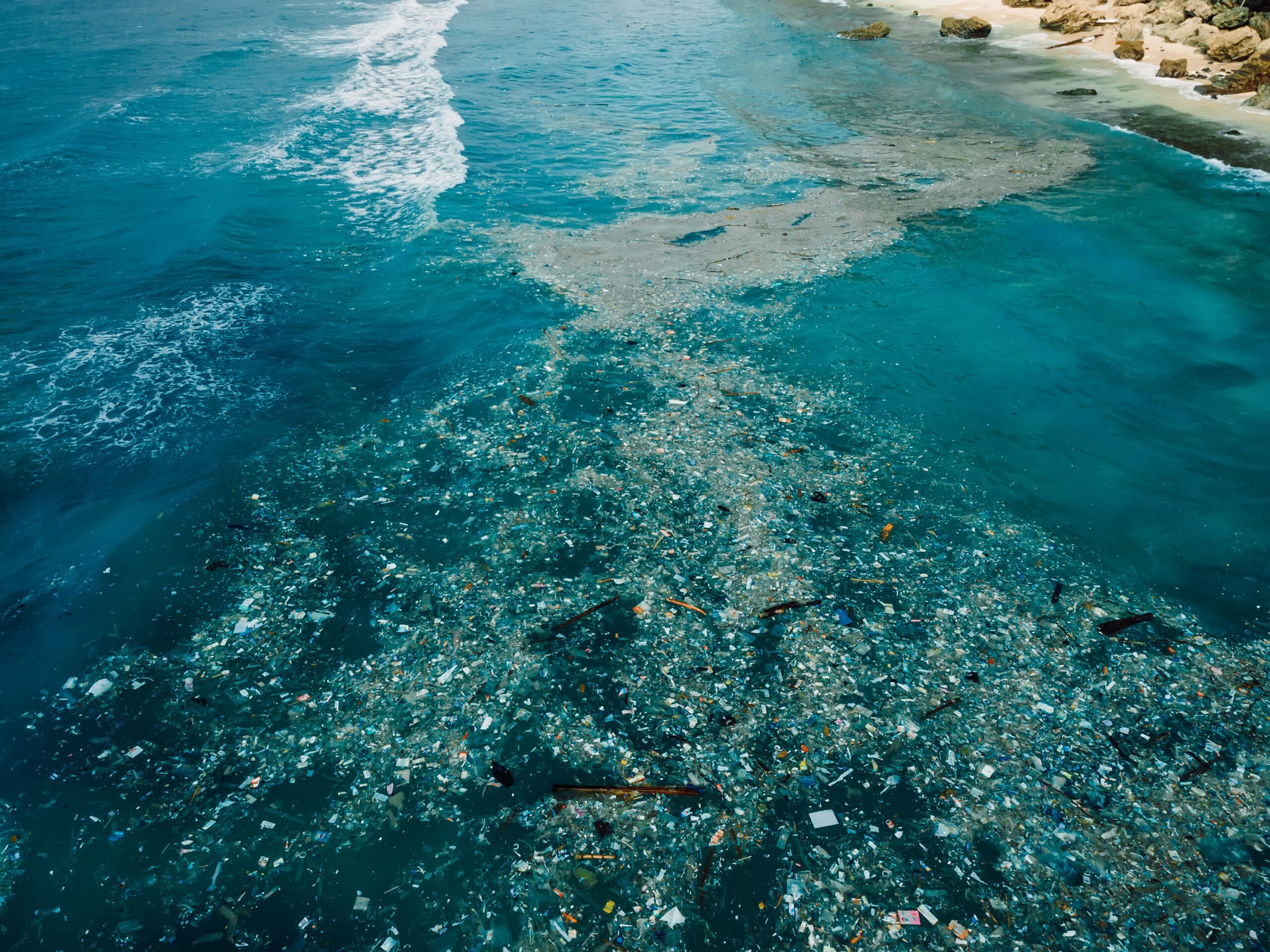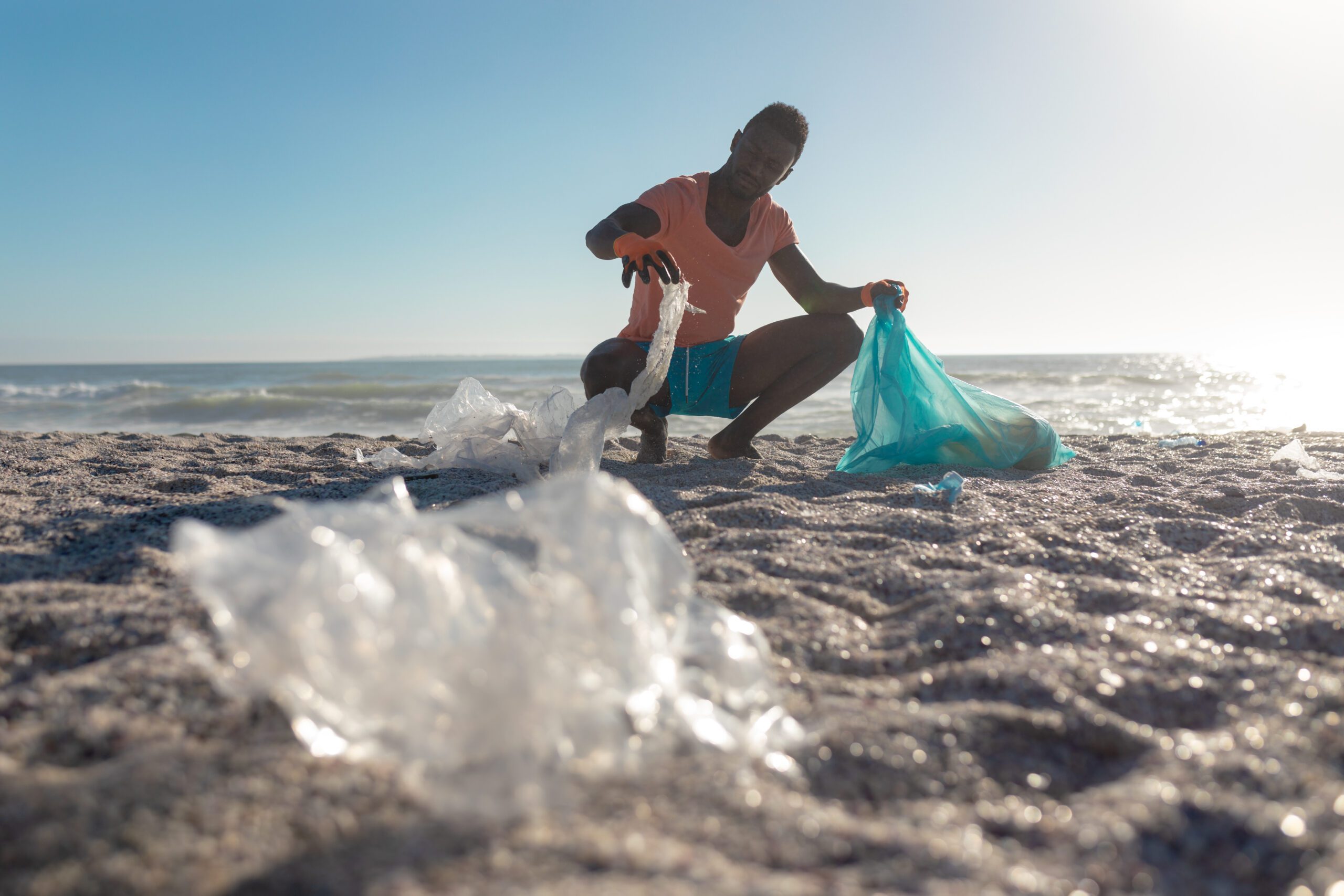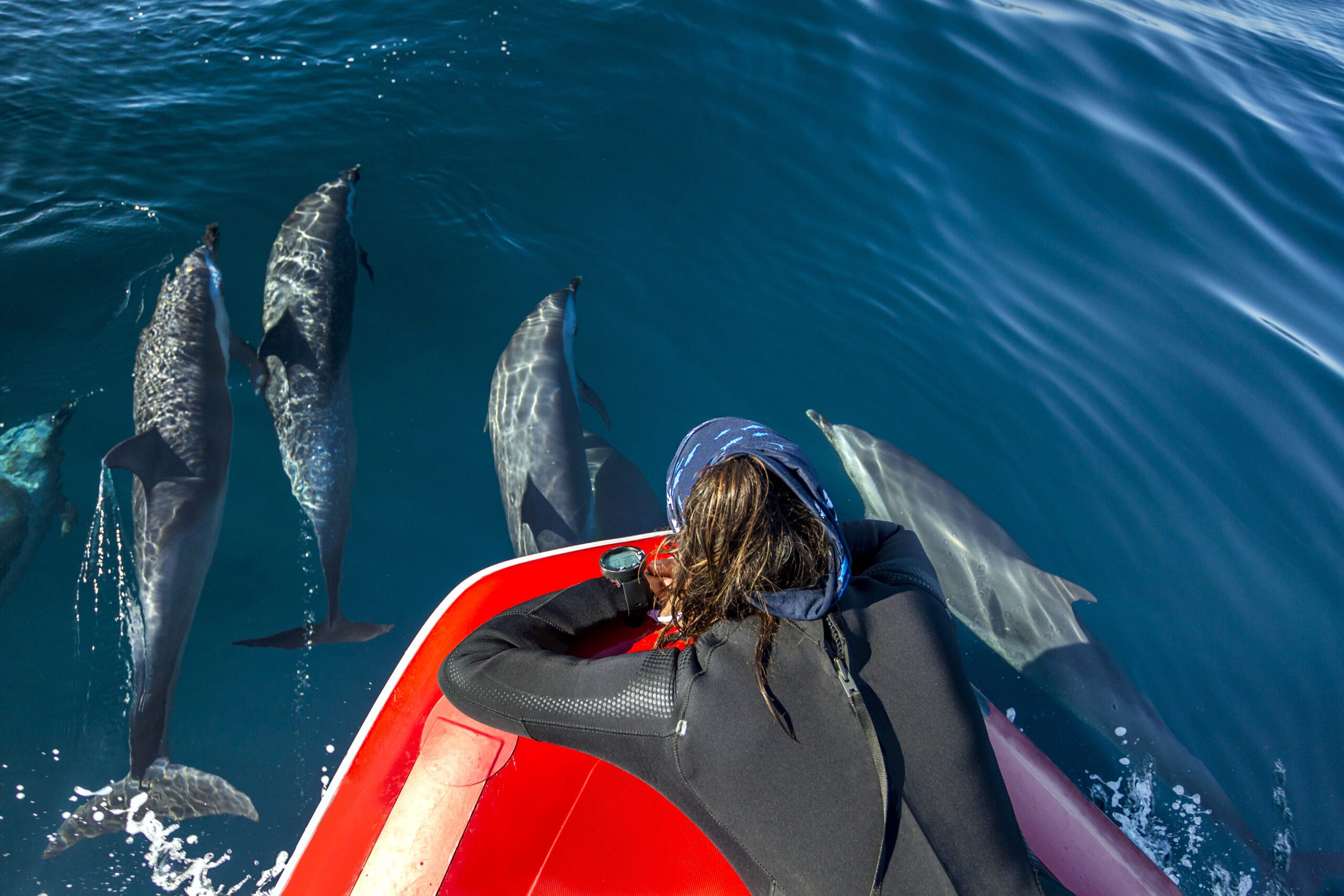Picture this: The sun sparkling on the water as you stand on the shore, watching dolphins dance in the waves. It’s a perfect moment, the kind that makes you feel connected to something bigger. Then, in the midst of their playful jumps, you spot something unsettling — a plastic bottle bobbing just a few feet from the dolphins. It’s a stark reminder of the harsh reality that our oceans, once seen as vast and untouchable, are now struggling under the weight of our plastic waste. And, unfortunately, this moment isn’t just happening to you; it’s happening to all of us.
Plastic has become a silent predator in our seas, endangering marine life in ways we can no longer ignore. The dolphins are just one of many marine mammals at risk. Whales, seals, sea lions — they’re all victims of a global crisis we’ve inadvertently set in motion. Each year, millions of tons of plastic waste find their way into the ocean, much of it from land-based sources like single-use plastic bottles, straws, and bags. And the consequences are devastating, not just for the marine life that call the ocean home, but for all of us who rely on the planet’s health to sustain our lives.
How Plastic Pollutes Our Oceans
We produce an astonishing 400 million tons of plastic annually, and it’s estimated that 9-14 million tons of that end up in our oceans each year. Once in the water, plastic doesn’t disappear; it just breaks down into smaller and smaller pieces, called microplastics. These microplastics are often invisible to the naked eye, but they are everywhere — floating in the water, sinking to the ocean floor, and even embedding themselves in marine plants and animals.
Marine mammals, from dolphins and whales to seals and otters, encounter this plastic debris daily. Whether mistaking plastic for food or becoming entangled in discarded fishing nets and packaging, they face threats that disrupt entire ecosystems. And it’s not just large pieces of plastic causing harm; microplastics have been found in the stomachs of whales, sea turtles, and seabirds, leading to malnutrition, digestive issues, and even death.
When we talk about plastic pollution, it’s easy to think of the iconic image of a sea turtle with a straw in its nose, but the reality is far more pervasive. The plastic we casually discard has a ripple effect, reaching the furthest corners of the globe and touching every living being, from the tiniest plankton to the largest whales. It’s an issue that impacts not only marine life but the entire food chain — and we’re part of that chain.
Marine Mammals: The Unseen Victims of Plastic Pollution
Take a moment to think about the marine mammals we love: dolphins, whales, sea otters, and seals. These animals are symbols of the ocean’s majesty, yet they’re paying the price for our plastic addiction.
Whales are particularly vulnerable. In 2019, a young whale washed up on a beach in the Philippines with over 88 pounds of plastic inside its stomach. The poor animal had starved to death, unable to digest the plastic that filled its belly. Seals and sea lions often get entangled in plastic debris like fishing nets and packing straps. These items can restrict their movement, making it impossible to swim, hunt, or even breathe properly. Entanglement can lead to infection, injury, or death by drowning.
We can’t forget about dolphins, whose intelligence and social behavior make them one of the ocean’s most beloved creatures. Dolphins often mistake floating plastic for food, consuming everything from plastic bags to six-pack rings. The ingested plastic causes internal blockages and can even carry toxins that poison these animals over time. It’s heartbreaking to realize that our convenience — the plastic we use and throw away without a second thought — is costing these incredible creatures their lives.
The truth is, plastic pollution isn’t just an ocean problem — it’s our problem. The health of the ocean directly impacts us, from the air we breathe to the food we eat. When marine mammals ingest or get entangled in plastic, it disrupts the entire ecosystem. Fish stocks deplete, coral reefs weaken, and the ocean’s ability to regulate the earth’s climate diminishes. The well-being of our oceans is tied to our own well-being, and if we continue on this path of plastic production and waste, we’ll be facing consequences that hit much closer to home.

How We Got Here: The Rise of Plastic Production
The convenience of plastic has led to its mass production since the 1950s. It’s everywhere — in our homes, schools, workplaces, and even our clothes. For years, we’ve relied on plastic because it’s cheap, durable, and versatile. But this durability is exactly what makes it so dangerous. Plastic doesn’t biodegrade; it only breaks down into smaller fragments, meaning every piece of plastic ever produced still exists in some form today.
Single-use plastics, like water bottles, plastic bags, and straws, are particularly harmful. We use them for just a few minutes, but they remain in the environment for hundreds of years. And while recycling helps reduce waste, only about 9% of all plastic ever produced has been recycled. The rest? It’s either in landfills or, worse, in our oceans.
But we’re not helpless. There are actions we can take — simple, everyday choices that can make a big difference.
What We Can Do About Plastic Pollution
As we learn more about the damage plastic pollution does to marine mammals and the planet, it’s essential to remember that we have the power to change the future. It’s easy to feel overwhelmed by the scale of the issue, but the solution starts with us, as individuals.

- Reduce Single-Use Plastics: One of the most effective ways to combat plastic pollution is to limit our use of single-use plastics. Bring your own reusable bags to the grocery store, use a refillable water bottle, and say no to plastic straws. Small changes add up when more people commit to them.
- Recycle Responsibly: Make sure the plastic you do use is disposed of properly. Rinse containers and separate recyclables correctly to ensure they don’t end up in the ocean.
- Support Legislation: Advocate for policies that aim to reduce plastic production and increase recycling efforts. Many cities and countries are already banning single-use plastics — let’s keep that momentum going.
- Participate in Clean-Ups: Beach clean-up initiatives and local trash removal efforts are great ways to make an immediate impact. Even if you don’t live near the ocean, cleaning up parks, rivers, and lakes helps prevent plastic from making its way to the sea.
- Choose Bottleless Solutions: Bottleless water systems are one small, but significant way we can reduce plastic waste. Companies like Bottleless Nation are providing solutions that help cut down on plastic bottles, ensuring cleaner oceans for future generations.
Taking Action Together
Plastic pollution might seem like a problem too big for any one of us to solve, but together, we can make a real difference. By taking simple steps to reduce our plastic waste and supporting initiatives that protect marine life, we can ensure a healthier planet for ourselves and the generations to come.
We encourage you to follow Bottleless Nation for more tips and inspiration on reducing your plastic footprint. Let’s be the change our oceans — and the marine mammals that depend on them — desperately need.

